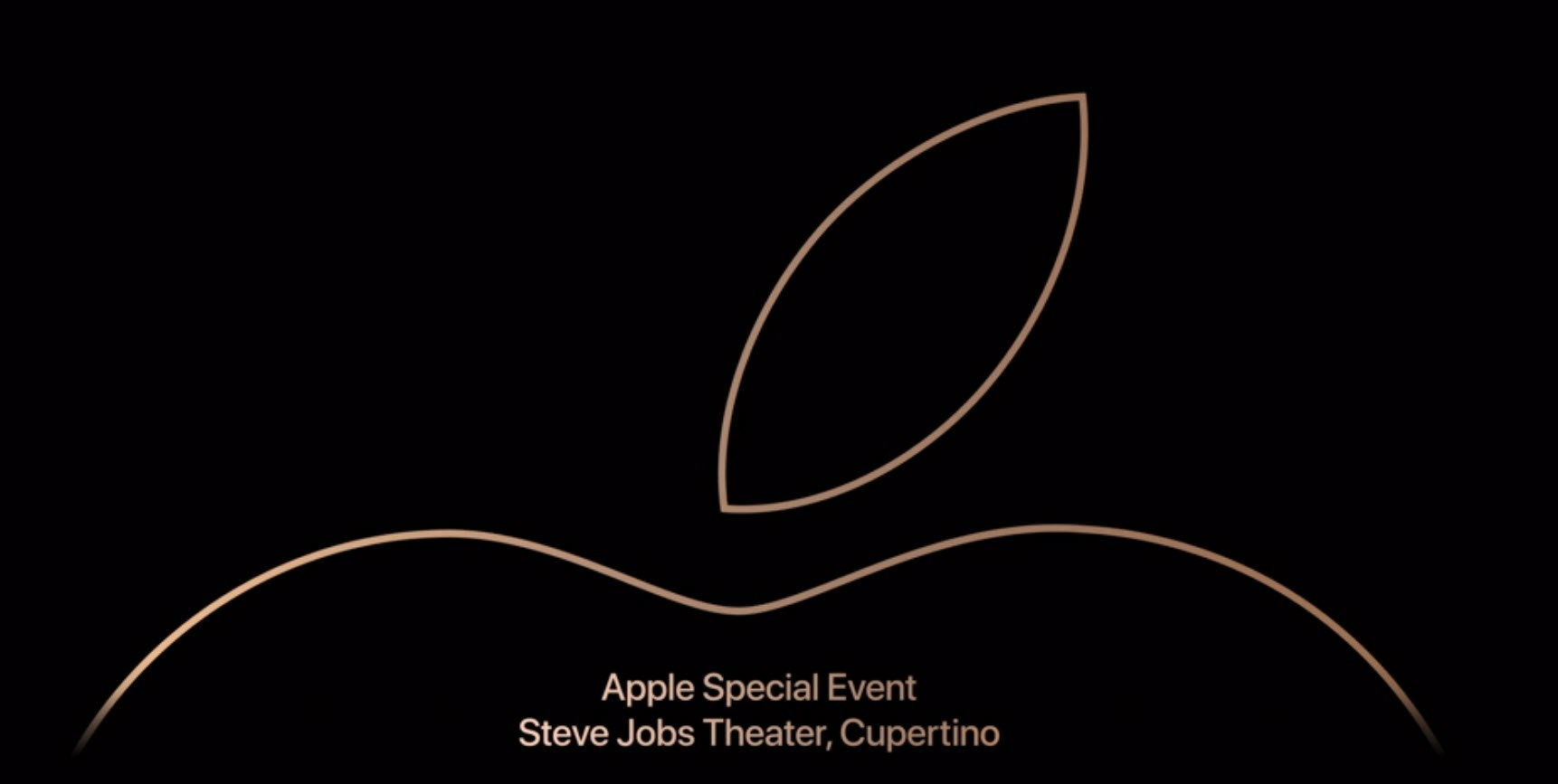Apple’s September 12 special event was mostly about hardware product launches, as it usually is. But Apple also reminded us of the company’s commitment to building an augmented reality future.
First, let’s recap a few of the big announcements:
- Doubling down on the iPhone: Apple announced not one, not two, but three different versions of its iconic iPhone. They offer better displays, a variety of design styles, and improved features, including better cameras. The commitment to the iPhone is significant in light of reports of a slowdown in smartphone sales industrywide and the entrance of competitors such as Chinese smartphone maker Huawei. But the iPhone is Apple’s anchor product. The September 12 special event was a statement about Apple’s commitment to arguably one of the most influential products ever released in the first two decades of the 21st Century.
- Pushing into healthcare: Apple also revealed the latest version of the Apple Watch 4, which features a slew of personal wellness features such as the ability to monitor and report when the wearer experiences a fall and better heart monitoring/reporting. The Apple Watch is one essential element of Apple’s growth as a healthcare player, with the development of wellness apps being another essential element. In coming months, watch for Apple to make more announcements about healthcare as part of a broader strategy to develop its services.
The above announcements have dominated the news. In addition, two developments caught my eye:
- Augmented reality for learning: the launch of a new iPhone app, HomeCourt, which uses augmented reality (AR) for basketball training. As reported in GeekWire, HomeCourt uses AR to track basketball shots. According to GeekWire, “AR tech built into the iPhone — including the newA12 Bionic chip— and artificial intelligence technology developed by HomeCourt maker Nex Team can detect a hoop and basketball to measure kinematics, trajectory, release times, and number of shots made.”
- Augmented reality for play: the announcement about a new real-time augmented reality game, Galaga AR. As VentureBeat reported, “This AR adaptation of Galaga comes from Directive Games. When you look at your iPhone screen, you can see a bunch of alien-bug spaceships that you have to shoot down. You’re not only trying to survive, but you’re also trying to beat the other players. It was a pretty cool demo, with a lot of blasting onscreen and loud sounds.”
These launches are not so much about sports and gaming – they are signs of Apple’s continued growth as an AR leader. CEO Tim Cook has made no secret of his passion for AR. It’s telling that Apple demoed two very different forms of AR – one for training and one for entertainment. Both learning and entertainment comprise the sweet spot for AR.
As I noted earlier this year, various AR apps and games are currently being introduced into the App Store and Google Play, and many more are in the process of being developed using Apple’s ARKit and Google’s ARCore. Consequently, incorporating AR technology into new tools or games for phones, tablets, and laptops will become the new norm.
You can take it to the bank: AR is going to continue growing for both business and pleasure – and Apple will have a leadership role in that growth. For more insight into how businesses can use AR to build their brands, contact True Interactive.
